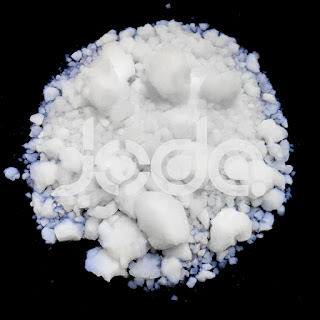Five Characteristics of Silica Aerogels

Silica Aerogels is a very good thermal and thermal insulation properties of lightweight nano porous amorphous solid material, the porosity of up to 80-99.8%, the typical pore size of 1-100 nm, the specific surface area of 200- 1000 m2 / g, while the density can be as low as 3 kg / m3, and the room temperature thermal conductivity can be as low as 0.012 W / (m • k). It is because of these characteristics that Aerogels materials have a wide range of potential applications in thermal, acoustic, optics, microelectronics and particle detection. Silica Aerogels Properties 1, heat insulation The silica Aerogels material has a very low thermal conductivity of 0.013-0.016 W / (m · K), lower than the static air (0.024 W / (m · K)) thermal conductivity than the corresponding inorganic Insulation material 2-3 orders of magnitude lower. The thermal conductivity is...
